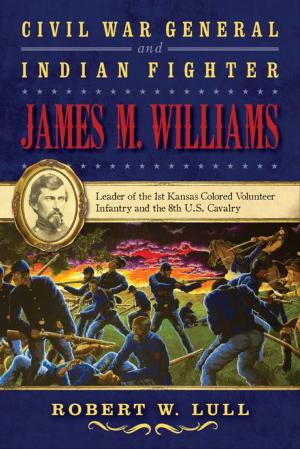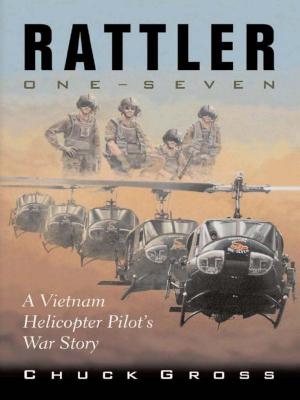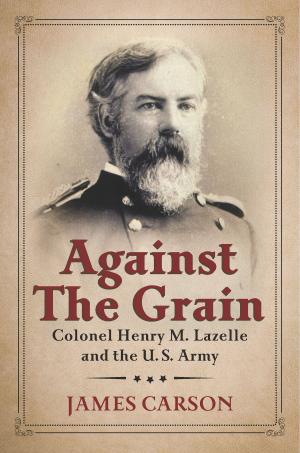Cataclysm
General Hap Arnold and the Defeat of Japan
Nonfiction, History, Military, Strategy, Aviation, World War II| Author: | Herman S. Wolk | ISBN: | 9781574413441 |
| Publisher: | University of North Texas Press | Publication: | May 15, 2010 |
| Imprint: | Language: | English |
| Author: | Herman S. Wolk |
| ISBN: | 9781574413441 |
| Publisher: | University of North Texas Press |
| Publication: | May 15, 2010 |
| Imprint: | |
| Language: | English |
In Cataclysm, Herman S. Wolk examines the thinking and leadership of General Henry H. (Hap) Arnold, Commanding General, Army Air Forces (AAF), during World War II. Specifically, Wolk concentrates on Arnolds role in crafting the weapons, organization, and command of the strategic bombing offensive against Japan. The B-29 long-range bombing campaign against the Japanese home islands dictated unprecedented organization and command; hence, Arnold established the Twentieth Air Force, commanded by himself from Washington and reporting directly to the Joint Chiefs of Staff. Arnold excelled in his command of the AAF, relieving a long-time colleague (Hansell) in favor of a hard-nosed operator (LeMay). This crucial move was a turning point in the Pacific War. In the spring and summer of 1945, Arnold was a driven leader, almost willing the B-29 campaign and the air and sea blockade to collapse Japan before the scheduled massive invasion of Kyushu on November 1st. Arnold agreed that politically the atomic bomb shocked the Japanese to capitulation, but as the architect of the bombing offensive, he emphasized that Japan was already defeated in the summer of 1945 by the bombing and blockade, and that it was not militarily necessary to drop the atomic bomb. Wolk brings out important rationales and connections in doctrine, organization, and command not previously published. He also mines sources not previously exploited, including the authors interviews with General LeMay, Hansell, and Eaker; Arnolds wartime correspondence; documentation from the Franklin D. Roosevelt Library; and postwar interrogations of Japanese officials and civilians. Cataclysm will prove an important addition to the history of the Pacific War, airpower, and the debate over the use of the atomic bomb against Japan.
In Cataclysm, Herman S. Wolk examines the thinking and leadership of General Henry H. (Hap) Arnold, Commanding General, Army Air Forces (AAF), during World War II. Specifically, Wolk concentrates on Arnolds role in crafting the weapons, organization, and command of the strategic bombing offensive against Japan. The B-29 long-range bombing campaign against the Japanese home islands dictated unprecedented organization and command; hence, Arnold established the Twentieth Air Force, commanded by himself from Washington and reporting directly to the Joint Chiefs of Staff. Arnold excelled in his command of the AAF, relieving a long-time colleague (Hansell) in favor of a hard-nosed operator (LeMay). This crucial move was a turning point in the Pacific War. In the spring and summer of 1945, Arnold was a driven leader, almost willing the B-29 campaign and the air and sea blockade to collapse Japan before the scheduled massive invasion of Kyushu on November 1st. Arnold agreed that politically the atomic bomb shocked the Japanese to capitulation, but as the architect of the bombing offensive, he emphasized that Japan was already defeated in the summer of 1945 by the bombing and blockade, and that it was not militarily necessary to drop the atomic bomb. Wolk brings out important rationales and connections in doctrine, organization, and command not previously published. He also mines sources not previously exploited, including the authors interviews with General LeMay, Hansell, and Eaker; Arnolds wartime correspondence; documentation from the Franklin D. Roosevelt Library; and postwar interrogations of Japanese officials and civilians. Cataclysm will prove an important addition to the history of the Pacific War, airpower, and the debate over the use of the atomic bomb against Japan.















